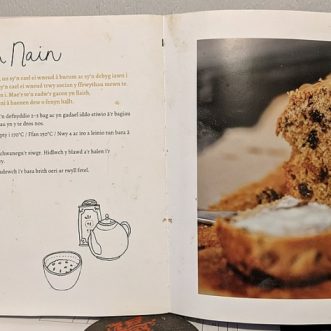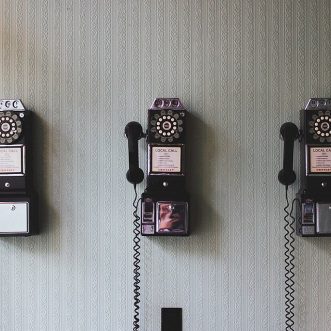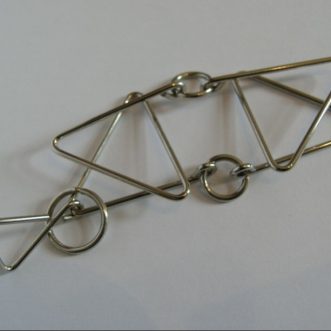
Disappeared bosses
My other half gives tours at the Red House, William Morris’s first house, built by Philip Webb. He’s a volunteer with the National Trust.
The interesting thing about this is that he is one of dozens of Red House volunteers, local people, who give tours, garden, run the gift shop and the tearoom.
Every volunteer is enthusiastic about the house and its history, and all are keen to share that with visitors. They organise themselves. Because they are volunteers, they give leeway. They’ve been known to stay open late to allow for a missed train, or open early to accommodate long-distance visitors. They know what to do and each one of them does it in their own style.
There are managers on site who are full-time employees of the Trust. They monitor the finances and the maintenance and restoration of the asset – the house and gardens – but they don’t supervise anyone. In fact, most of the time, nobody sees them.
In part, this is because the Trust doesn’t have the money to fund a bloated management hierarchy. But it is probably more to do with the fact that the people who deliver the customer experience are volunteers. They do this for love, not a living. They are free to walk away at any time.
What if you treated your team as if they were volunteers? Would that change how your business delivers its Promise to the people it serves? Would you, as boss, be free to ‘disappear’, to concentrate on bigger things?
Probably.









